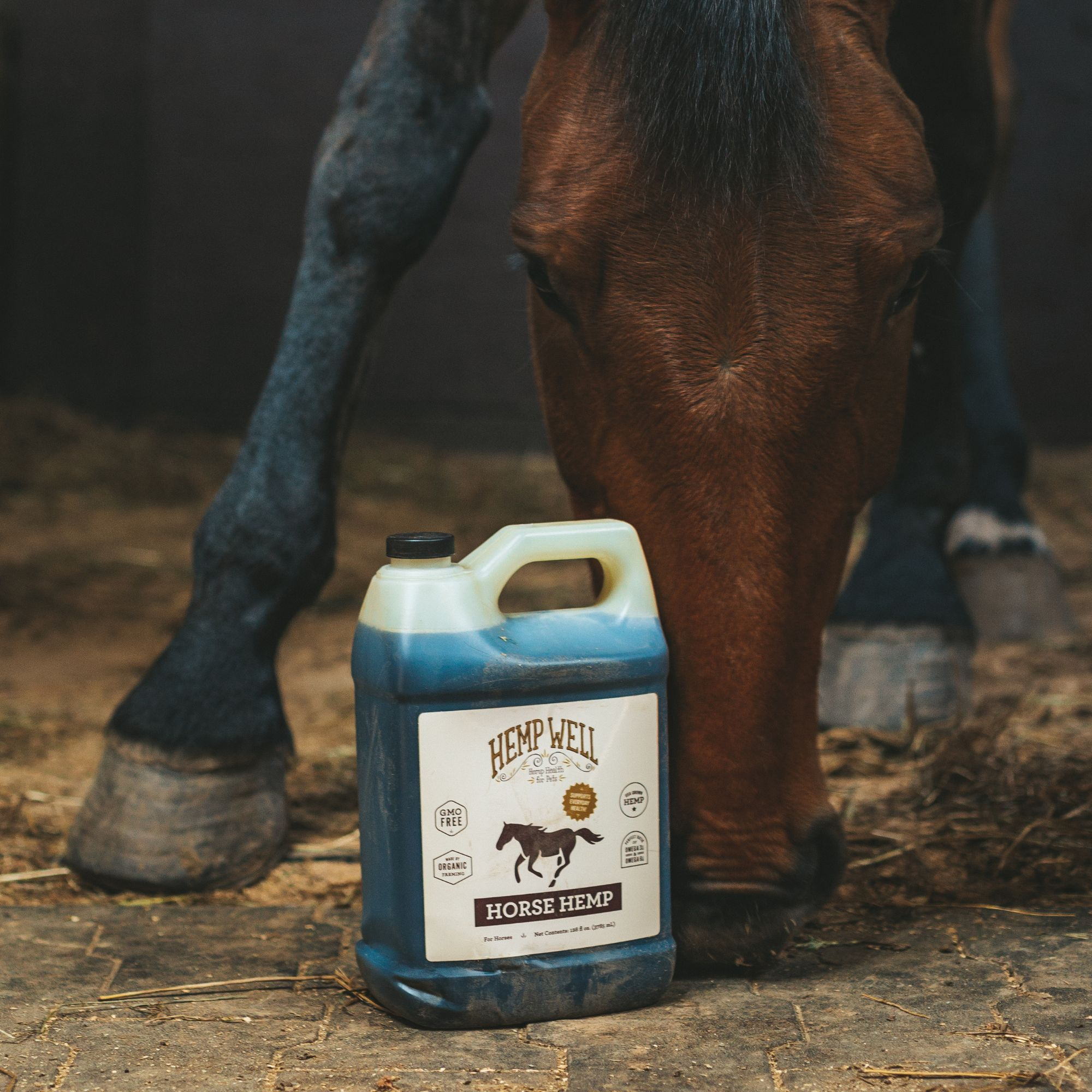Understanding and Preventing Canine Obesity: A Growing Concern in Dog Health

What is Canine Obesity?
Canine obesity occurs when a dog is significantly over its ideal body weight. Veterinarians typically define a dog as obese when its weight is 20% or more above the normal weight for its breed and size. This excess weight can put dogs at risk for a host of health issues, including diabetes, heart disease, arthritis, and even certain types of cancer.
Causes of Canine Obesity
The primary causes of canine obesity are overfeeding and lack of exercise. Many pet owners are often unaware of the proper portion sizes for their dogs or the caloric content of treats. Emotional feeding, where food is given to soothe or reward a pet, can also contribute significantly to weight gain. Additionally, as dogs age, their metabolic rate slows down, making it easier for them to gain weight if their diet or activity level does not adjust accordingly.Health Risks Associated with Obesity in Dogs
The health risks associated with obesity in dogs are severe and multi-faceted. Overweight dogs suffer from decreased stamina and heat intolerance, which can severely restrict their ability to enjoy everyday activities. The extra weight also puts additional strain on their bones and joints, which can lead to painful arthritis. Other potential complications include:- Decreased life expectancy: Studies have shown that dogs maintaining an ideal body weight can live up to two years longer than their overweight counterparts.
- Respiratory complications: Excess fat can restrict the chest and make it difficult for the dog to breathe.
- Diabetes: Just like in humans, obesity can lead to Type 2 diabetes in dogs due to increased insulin resistance.
Prevention and Management
Preventing canine obesity requires a two-pronged approach focusing on diet and exercise:- Proper Diet: Consulting with a veterinarian to understand the specific nutritional needs based on your dog’s breed, size, age, and any special health considerations is crucial. Measure food portions accurately, and be mindful of the calorie content in treats.
- Regular Exercise: Regular, appropriate exercise not only helps burn calories but also strengthens the cardiovascular and musculoskeletal systems. Even simple changes like longer or more frequent walks and play sessions can have a significant impact.
The Role of Veterinarians and Owners
Combatting canine obesity is a joint effort between pet owners and veterinarians. Regular check-ups can help catch weight gain early before it becomes a problem. Veterinarians can also provide valuable advice on appropriate weight loss strategies tailored specifically for your dog, which might include dietary changes, exercise routines, or even prescription diets.

As pet owners, it's our responsibility to provide not just love and shelter but also a lifestyle that promotes health and vitality for our furry friends. Recognizing the danger of obesity and taking proactive steps to prevent it is crucial. By being mindful of our dogs' diet and exercise, we can help ensure they live long, happy, and healthy lives. Remember, each small step you take can make a big difference in your dog's health.











